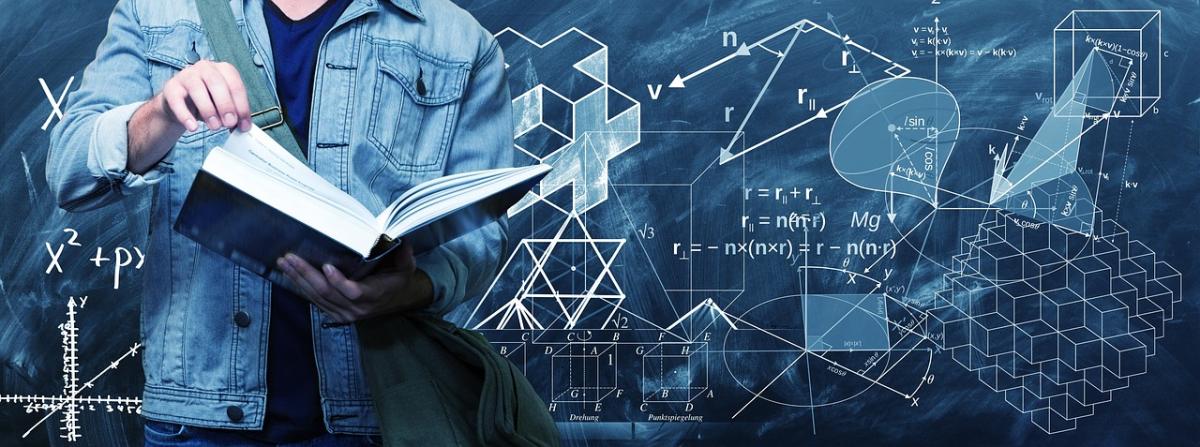


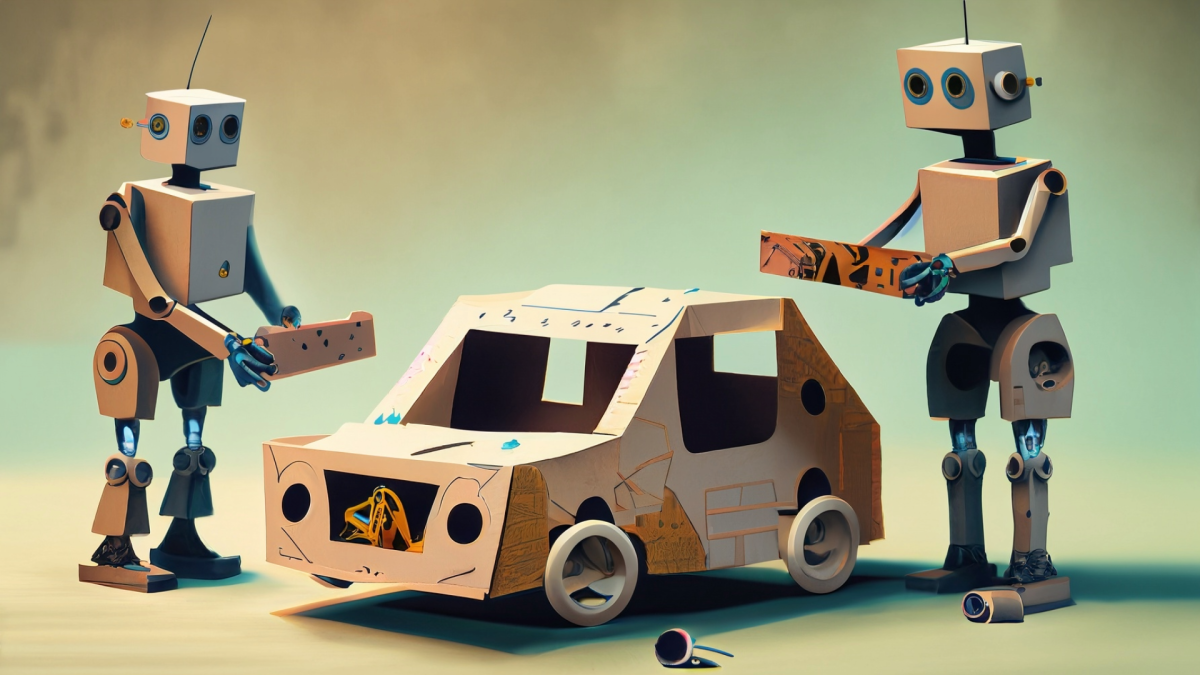
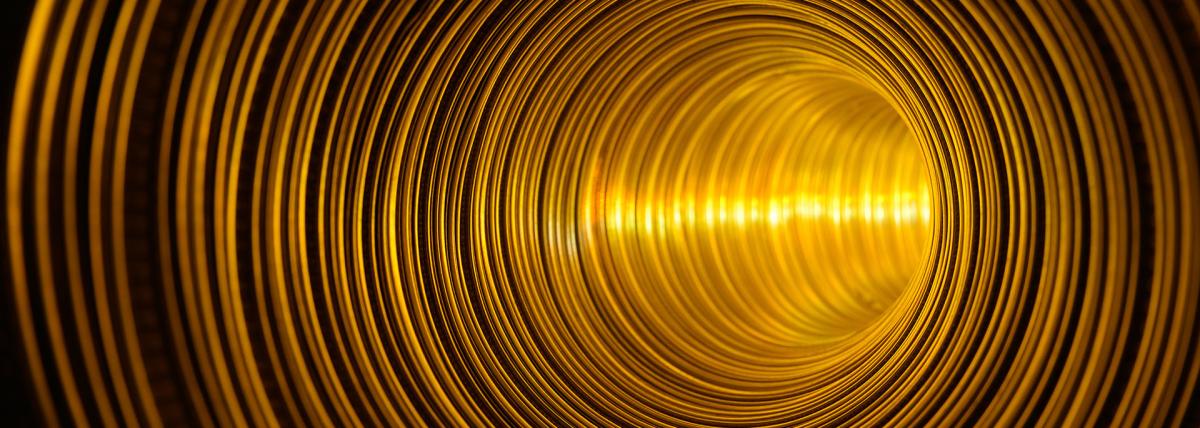




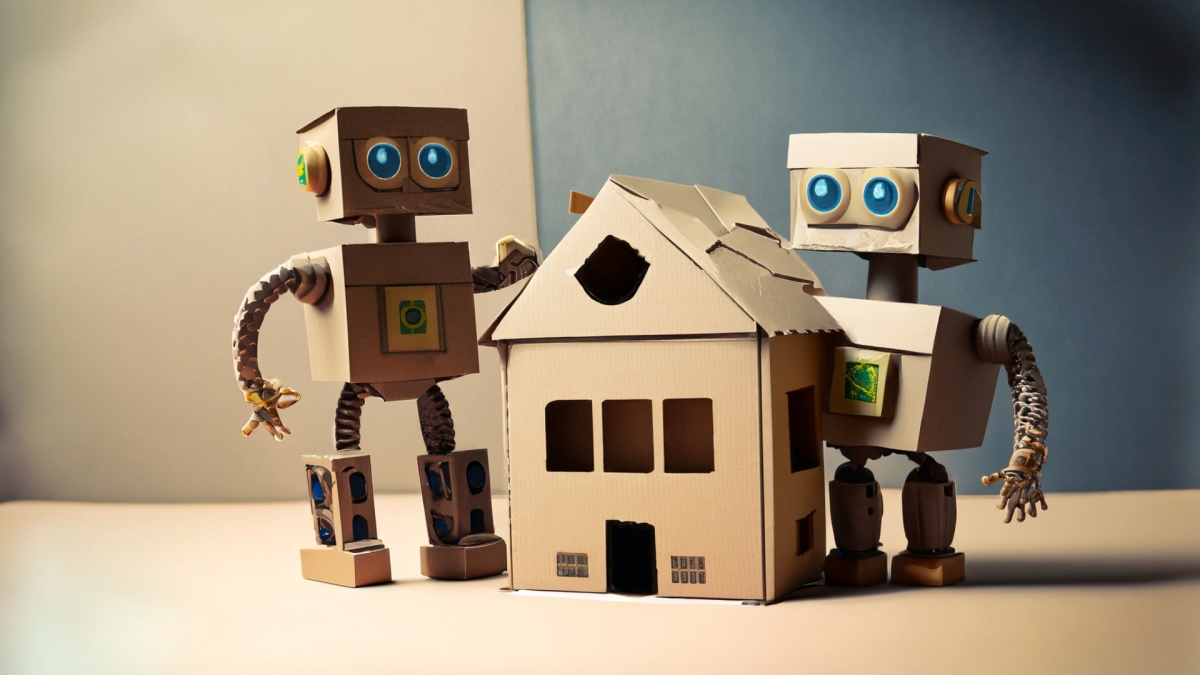


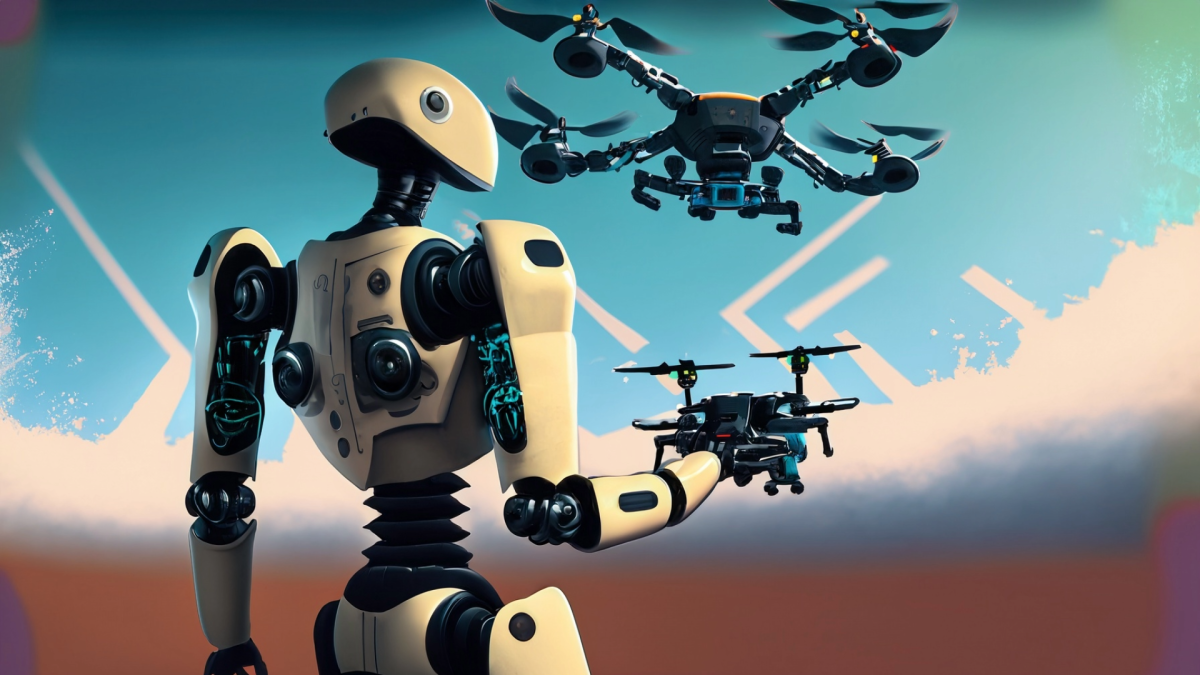



This thematic unit has lessons which will introduce students to phenomena we encounter in the real world. Students will learn about high interest phenomenon through hands-on investigations. Students

This lesson uses a diagram of a football being punted to demonstrate the forces of motion and the transfer of energy. Students are then challenged to apply what they learned to engineer a mechanical
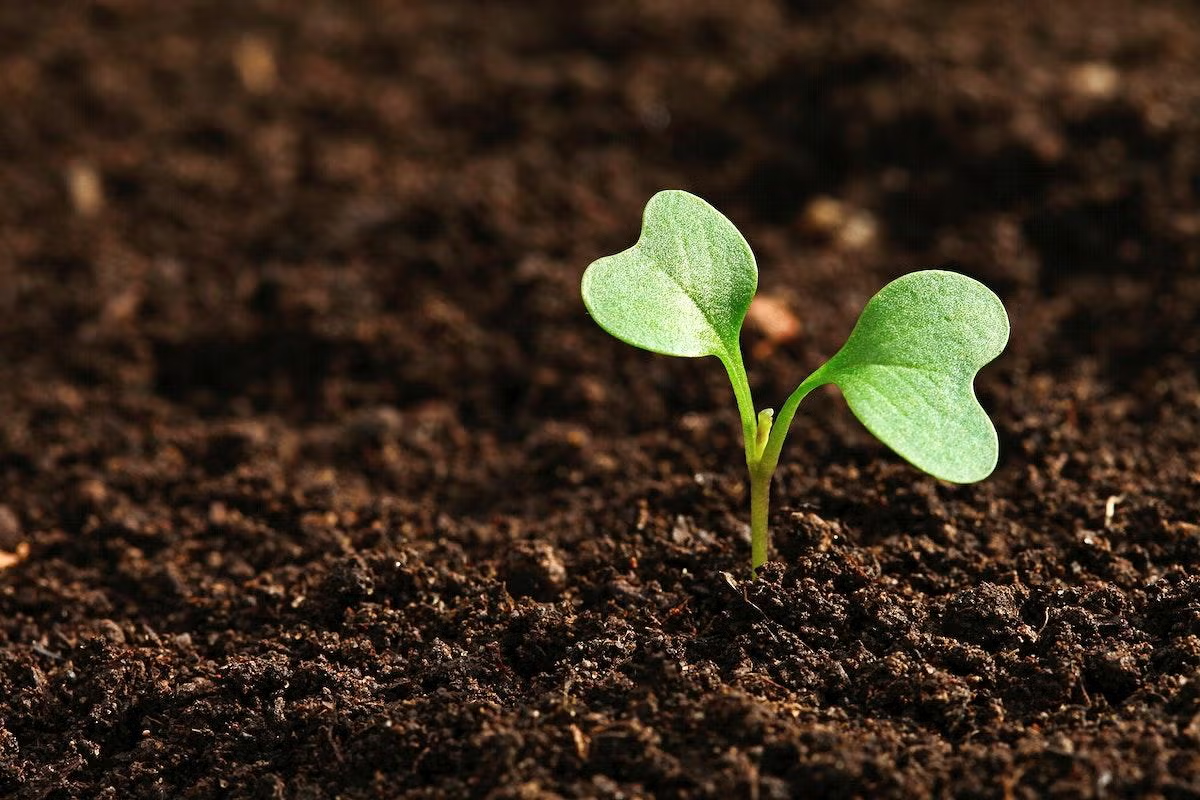
This is the part one of the composting lesson that is aligned to the ELA standards of narrative reading and writing. In this lesson, students build their experiences by preparing the bucket composters

Students will learn the history of rainsticks. They will engineer and design their rainstick. Students have to figure out how much rice, beans and corn goes inside to make the sound of rain. Finally

On day one, students will learn the history of the boomerang. Then on day two, the students will engineer and design their boomerang. Finally, the students will fly their boomerangs.
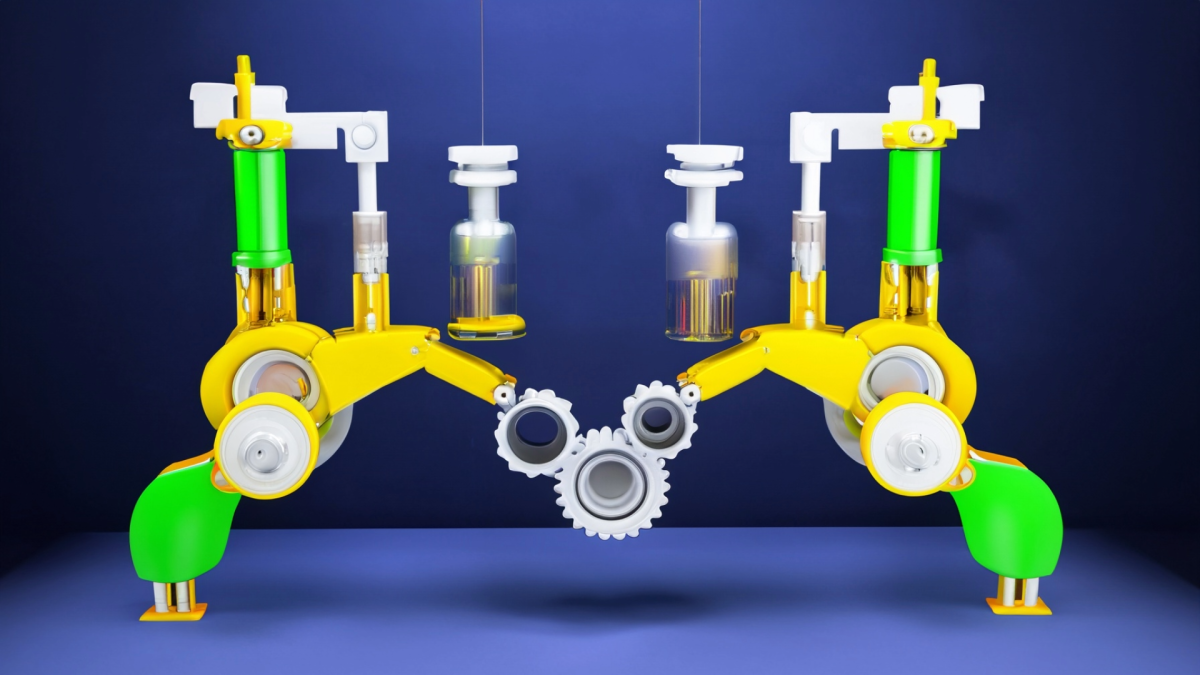
Students will construct an explanation using evidence to demonstrate that objects can affect other objects even when they are not touching. They will explore electric, magnetic, and gravitational

This lesson serves to provide an extension to lesson one. In this lesson, students will have the opportunity to build their own model of the solar system to scale, utilizing math concepts of exponents

This lesson serves as visual example of the concept of exponents and how scientific notation is utilized in science. Additionally, students will utilize scientific notation to measure distance of

This lesson includes having students design and build a wing to put onto a pre-built RC plane and fly it in circles (tethered). Requires previous RC knowledge.


